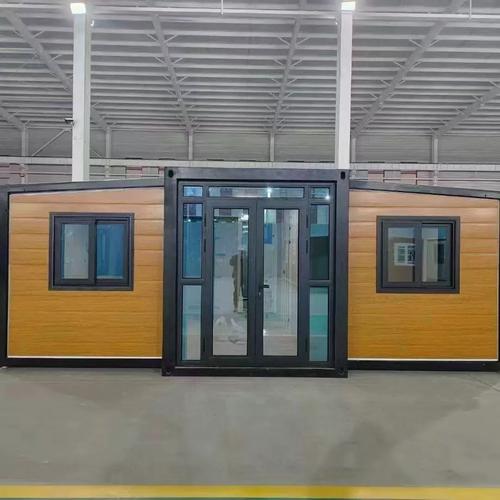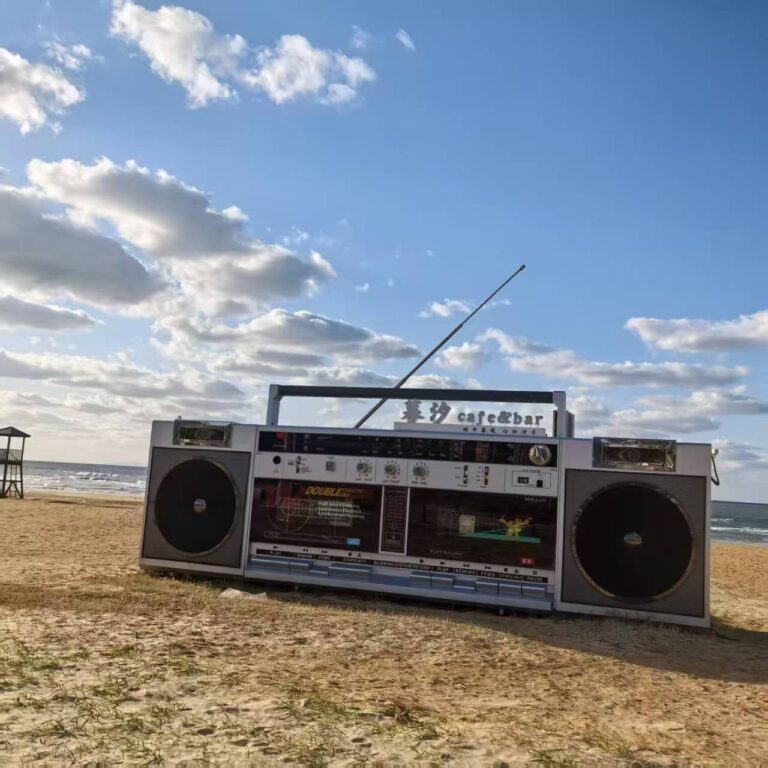When we build something capsule-shaped, we imagine portability, futurism, even escape. But real longevity isn’t about novelty — it’s about whether these pods can weather years, storms, stories, and silence.
Table of Contents
Capsule houses capture our sci-fi dreams — a domicile in a shell. But their life isn’t measured in years alone; it’s a dialogue between structure, environment, human care, and shifting meaning. So, let’s step through not just how long, but how they last in life.
Echoes of the Past: The Nakagin Capsule Tower
Nothing anchors a speculative idea like a real story. One of the most famous capsule architecture experiments was Tokyo’s Nakagin Capsule Tower, completed in 1972. Each pod was meant to be replaceable, modular, an architectural ideal of impermanence and renewal. ([Wikipedia][1])
Yet, ultimately, decades of neglect, technical obstacles, and maintenance complexity sealed its fate: the tower was demolished in 2022, though 23 modules were preserved for heritage. ([Wikipedia][1])
Still, lasting fifty years in Tokyo — a city where buildings often expect a 15–20 year turnover — is itself a testament. The original vision foresaw replacing capsules every ~25 years. That intention alone tells us longevity in capsule design is not static — it is periodic. ([Wikipedia][1])
So we begin here: lifespans are never just about material. They’re about renewal.
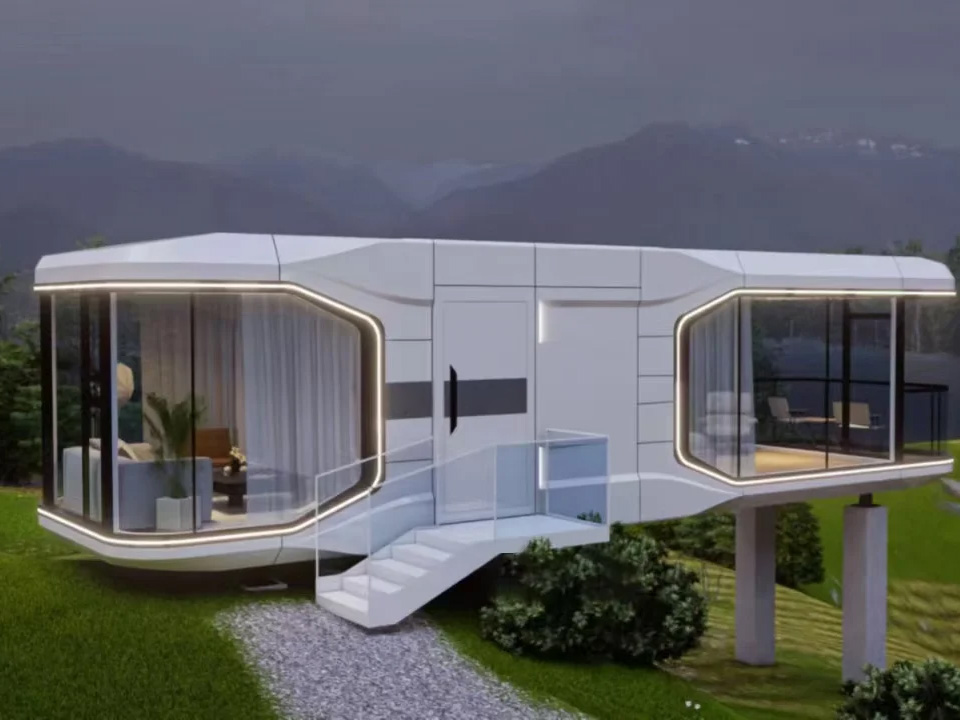
What the Makers Say: 25 to 50+ Years
Across modern capsule house providers, lifespan estimates tend to cluster in the 25–50 year range, assuming responsible design and ongoing maintenance. ([Glamni Capsule House][2])
For example, one capsule house promoter claims extreme weather resistance (winds up to 70 m/s, seismic resilience) and expects structures to last beyond fifty years under good care. ([Hidular][3])
A Japanese capsule homestay analysis notes that over 20 years, capsule houses require far less upkeep than traditional builds, especially if materials are well chosen. ([UVO Construction][4])
So, the “official line” is: 25 to 50+ years is realistic — and possibly longer if renewal is built in.
Wear, Memory & Elements: Why Lifespan Frays
To understand how long a capsule house feels like itself, you must grasp how things decay.
Material & Protective Layers
Capsules demand high-spec materials: galvanized steel, aviation-grade aluminum, multi-layer insulation, weatherproof coatings. When these layers fail, the structure beneath starts to betray scale. ([Hidular][3])
Joints, Seals & Interfaces
Where modules meet — at seals, gaskets, flanges — that’s where water, wind, thermal change, and rot creep in. Even a great shell fails at weak edges.
Environment & Climate Stress
Coastal salt spray, desert UV, rainfall, snow loads, thermal swings — all these push at the shell. In places with extremes, lifespan compresses unless design overcompensates.
Maintenance as Memory
A capsule neglected is a capsule aging badly. Paint oxidation, seal breakdown, panel warping — minor flaws compound. But if systems are replaceable or modular, the house can reset lifespan layers.
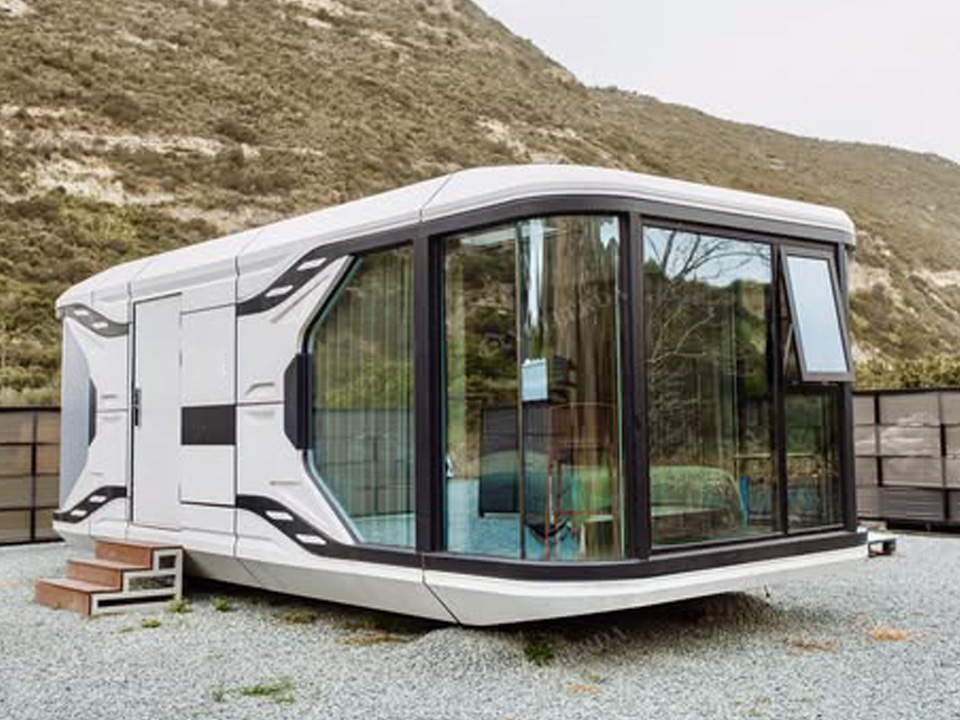
A More Nuanced Estimation
Given all that, here’s how I’d frame a “real” lifespan — not in ideal fiction, but in lived expectation:
| Tier | Realistic Lifespan | What’s Needed |
|---|---|---|
| Baseline Build, minimal care, moderate climate | ~15–25 years | decent materials, periodic patching |
| Well-built, maintained, average climate | 25–40 years | robust materials, scheduled repairs |
| Premium, modular, proactive renewal | 40–60+ years | replaceable skins, renewal cycles, structural flexibility |
| Legacy mode | Indefinite (via cycles) | full modular rebuilds, constant renewal |
A capsule doesn’t die — it ages. Each shell, each panel, each seal has its own clock. The trick is designing for layered life rather than a fixed “expiry.”
What Longevity Demands — A Deeper Covenant
To make a capsule endure is to accept several responsibilities:
- Design for renewal: modules, skins, panels replaceable.
- Over-engineering for environment: generous margins, corrosion buffers, UV guards.
- Embrace repair culture: inspections, early patching, replacements.
- Embed monitoring: humidity sensors, stress sensors, leak detection, so you catch damage early.
- Stay rooted in memory: part of how a home lasts is how people care for it, adapt it, refresh it.
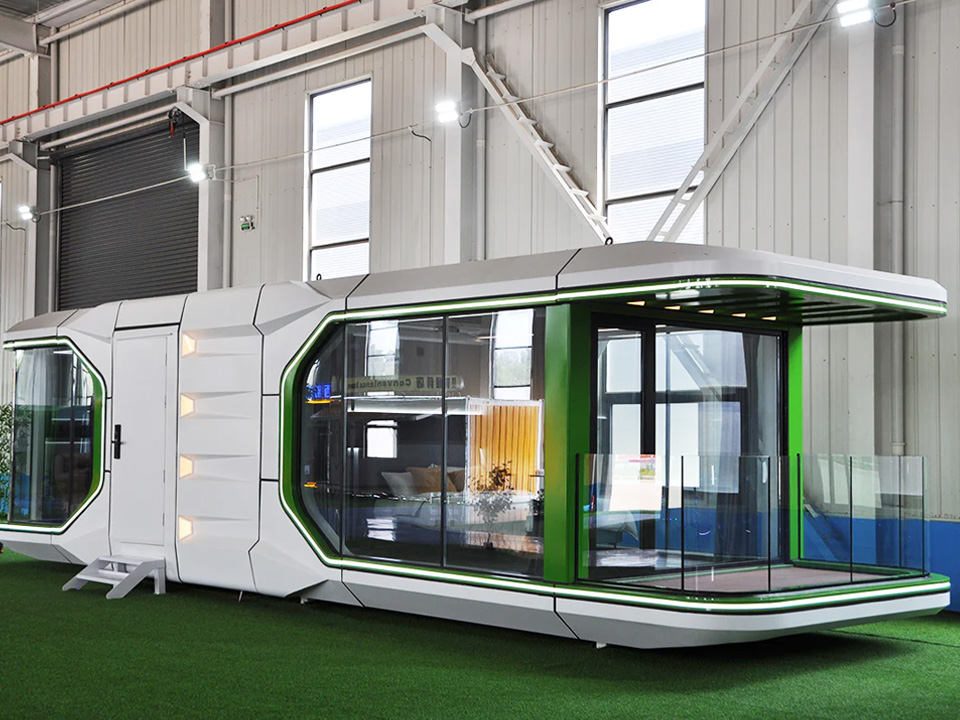
Final Reflection: The House as Living Narrative
A capsule house that lasts isn’t just a durable shell — it’s a living narrative. It accumulates layers of patina, minor scars, repaired joints. It becomes “home” not because every component is pristine, but because every repair carries memory.
If someone moves into your capsule 30 years later and it still feels safe, intact, responsive — that isn’t luck. That’s intention, design, care. That’s a shape you invited into time, not just space.


